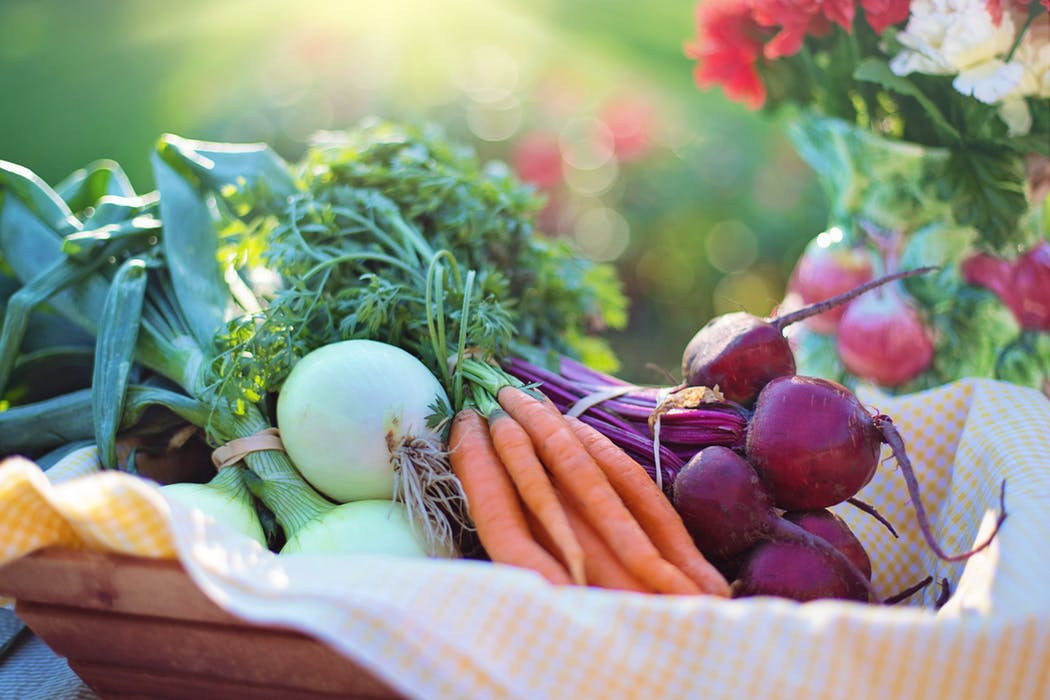
Climate change isn’t exactly new. In the past 650,000 years, there have been seven ice ages. The modern climate era is only roughly 7,000 years old, a far shorter length of time than the 200,000-year history of our own species. What’s different today, however, is how many people are alive today and how drastic today’s round of global warming is when compared to other cycles before it.
Most scientists today point to human activity as the main cause of today’s record-setting weather patterns. There are certainly a lot more people around now than there were 200,000 years ago. The world’s population has been estimated to have reached 7.6 billion as of December 2017. The United Nations estimates it will reach 9.8 billion by 2050, and 11.2 billion by 2100.
Each year the activities of those same people reduce the available capacity needed to feed them. Global warming has led to the melting of polar ice, raising sea levels and causing salt water to leach into previously arable coastal soil. Hotter summers have resulted in longer and deadlier droughts, longer heat waves, and more frequent forest fires – all of which we’ve recently seen in the United States. Even our oceanic food supplies haven’t been spared, as the warmer oceans have disrupted fish populations.
Modern innovations, however, have done much to increase food production in spite of these threats. However, it’s becoming clear that for tomorrow’s farming solutions to be sustainable, they not only have to increase yields, they must also cut back on the greenhouse gas emissions that have contributed to the ongoing climate crisis in the first place. The concepts outlined below do both, and may soon become an everyday reality in ongoing efforts to secure global food security in the face of climate change.
1.) Urban vertical farms
Vertical farms are literally farms in skyscraper form. This type of farming allows a much more controlled environment compared to traditional farms located in fields. When combined with technologies similar to those used in greenhouses, they allow for food production all-year round. If located in an urban center, the fuel and environmental costs associated with transporting food can be greatly decreased. When combined with renewable energy sources for powering the supplemental lights and other environmental systems, these farms have lower greenhouse gas emissions compared to traditional farms.
2.) In vitro meat
Methane emissions from cattle farming are one of the leading contributors to accelerated global warming and climate change. A disproportionate amount of farmland is also dedicated to feeding livestock, which further strains already-scarce water supplies. Successes in reducing the demand for meat with plant-based substitutes have so far been limited due to the perceived inferiority of meat substitutes. The ethics of meat production also looms large in the consciousness of people throughout the world.
In vitro or “lab-grown” meat may one day provide the answer to all of these issues, allowing for the truly ethical production of real meat, without the associated pollution.
3.) Precision agriculture
A few select farms today use technologies such as agricultural aerial imagery to optimize their inputs, reducing waste and creating more output. Aircraft carrying an array of sensors fly over a target area and capture images of crops at different wavelengths beyond human vision, similar to what a bee might see. Combined with scientific analysis and on-the-ground knowledge, farmers are able to check crop conditions, organic matter content, moisture levels, mineral content, and more at extremely precise levels. This allows farmers to apply water, fertilizer, and other inputs only in the specific spots that actually need them. This reduces pollution and the water consumption, while simultaneously increasing crop yields.
4.) Nanobot farms
One day, crops may no longer need direct human intervention to produce optimal yields. Thousands of tiny AI-controlled robots using the same multi-spectral technology found on aircraft used for agricultural aerial imagery may one day be deployed to monitor, cultivate, and harvest crops. There may even no longer be a need to use chemical pesticides. These nanobots may be equipped to destroy insect and fungal infestations, perhaps allowing farmers to cost-effectively plant crop strains previously thought too fragile to give a good return on investment. In fact, they may even start replacing beneficial insects as well, pollinating crops much like honey bees. You probably won’t see these farms within the next decade, but with nanobots, autonomous tractors and the “internet of things” now a reality, it’s only a matter of time before we might see (or not see) these tiny farm bots in action.
5.) New crop strains
Perhaps the most obvious item on this list, newer plant strains are currently being developed to withstand the harsher conditions brought about by climate change. An 87-year-old scientist from China recently made the news when he developed rice that could be grown with saltwater. This potentially opens up millions of acres throughout the world for food production – including what was previously lost to salt infiltration due to climate change. Other crops being developed include heat-resistant strains that survive previously-catastrophic heat waves.
Technology and its misuse may have brought about climate change, but technology may also help us survive it. Perhaps, it may one day reverse it.


Leave a Comment